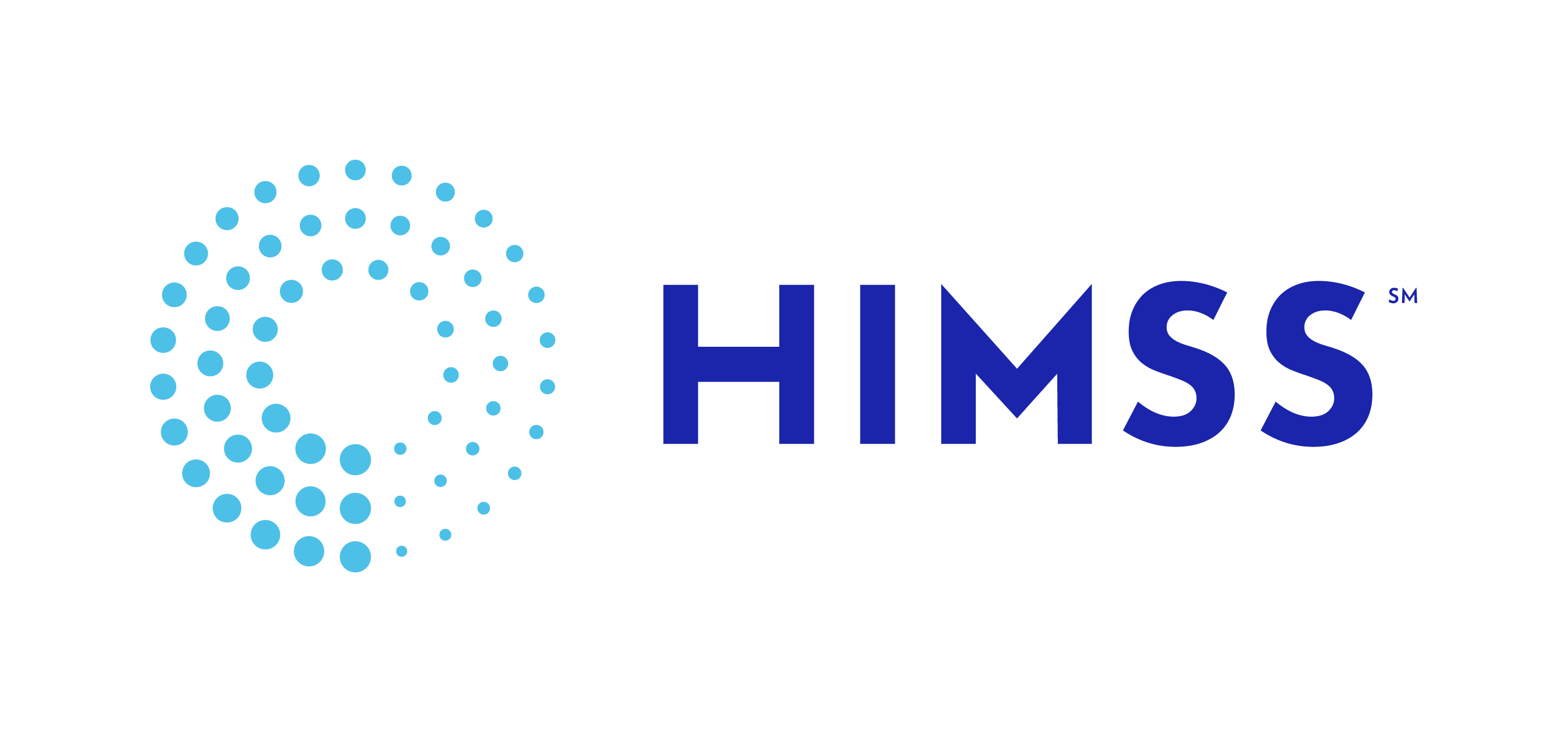Clinical Applications Committee Newsletter
Addressing the Health IT Challenges of Today
Healthcare systems are strained and experiencing clinician burnout and staff shortages. Healthcare executive leaders are looking at technology to improve the staff experience with the electronic medical record (EMR) technology and ease the staffing shortages. The staffing shortage is burdensome and has become the focal point for healthcare organizations across the United States. Young and Mason (2022) state 47 percent of nursing executives find the staffing shortage to be a major issue and have cost the health care system 24 billion dollars to ameliorate the issue. We have a need as healthcare information technology (IT) professionals to rethink the way clinicians operate day to day when utilizing EMR technology and address the nursing staffing shortage.
As health systems and organizations work collaboratively with leadership to refuel clinical documentation, there has been a focused effort to examine what documentation is essential and necessary for clinicians. By engaging a multi-disciplinary task force, organizations can gain different requirements to streamline the documentation experience for clinicians. In the current ecosystem, education programs have created tips and tools within theEMR on how to navigate the system. By re-examining the clinician’s workflows and providing “educational resources” within the EMR, it empowers staff to perform more effectively.
An example of innovation in the clinical setting is the utilization of Intelligent Automation. Intelligent Automation is a mixture of artificial intelligence (AI) and Robotic Processing Automation (RPA) to automate day to day tasks. According to Thaler (2022), Intermountain Healthcare, based out of Utah, utilized RPA (Robotic Process Automation) for registration forms, questionnaires, and insurance information to autofill into the EMR. This automation resulted in an 80% reduction in patient registration and decreased documentation for patient access staff (Thaler, 2022). Artificial intelligence and other high-tech options are innovative and potential tools in healthcare that will assist in reducing the burden of routine tasks on clinicians.
In addition to clinician burnout, hospitals are facing a staffing shortage from nurses to patient care technicians. Health systems are implementing tele-sitter programs and new technology to reduce the need for sitter staff in the inpatient and outpatient settings. A sitter is a health care staff who monitors a patient in clinical settings. Traditionally, there may be a single sitter for one patient in the emergency department or unit. A tele-sitter program allows about 12 patients at a time to be monitored by an AI platform or single individual (Johns Hopkins, 2019). Research by Asia at the University of San Francisco, explains the implementation of a tele-sitter program resulted in “a reduction of 15% in sitter costs, a 20% reduction in falls costs, and a 20% reduction in injuries” (Plahar & Williams, 2020).
As healthcare organizations select new solutions, clinicians should be a part of selecting technologies to enhance their experience with the EMR. Enabling clinicians to be a part of the process helps create a sustainable change for their roles, workflows, and end-user acceptance. This will not only result in higher job satisfaction which assists in retention, but help minimize the burden of the staffing crisis.
Appendix
Johns Hopkins Medicine (2019, February 19). One Person Safely Monitors 12 Patients, Thanks to TeleSitter. Insight. Retrieved from https://www.hopkinsmedicine.org/news/articles/one-person-safely-monitors-12-patients-thanks-to-telesitter
Plahar Williams, A. Q. (2020). Implementing Virtual Sitters to Reduce Falls and Sitter Costs (projects).
Thaler, E. L. (2022). Dr. Robot or Dr. Efficiency? The Impact of Robotic Process Automation on Jobs in Healthcare(dissertation). Joseph Wharton Scholars, Philadelphia, PA.
Yang, Y. T., & Mason, D. J. (2022). COVID-19’s impact on nursing shortages, the rise of travel nurses, and price gouging. Health Affairs Forefront.
